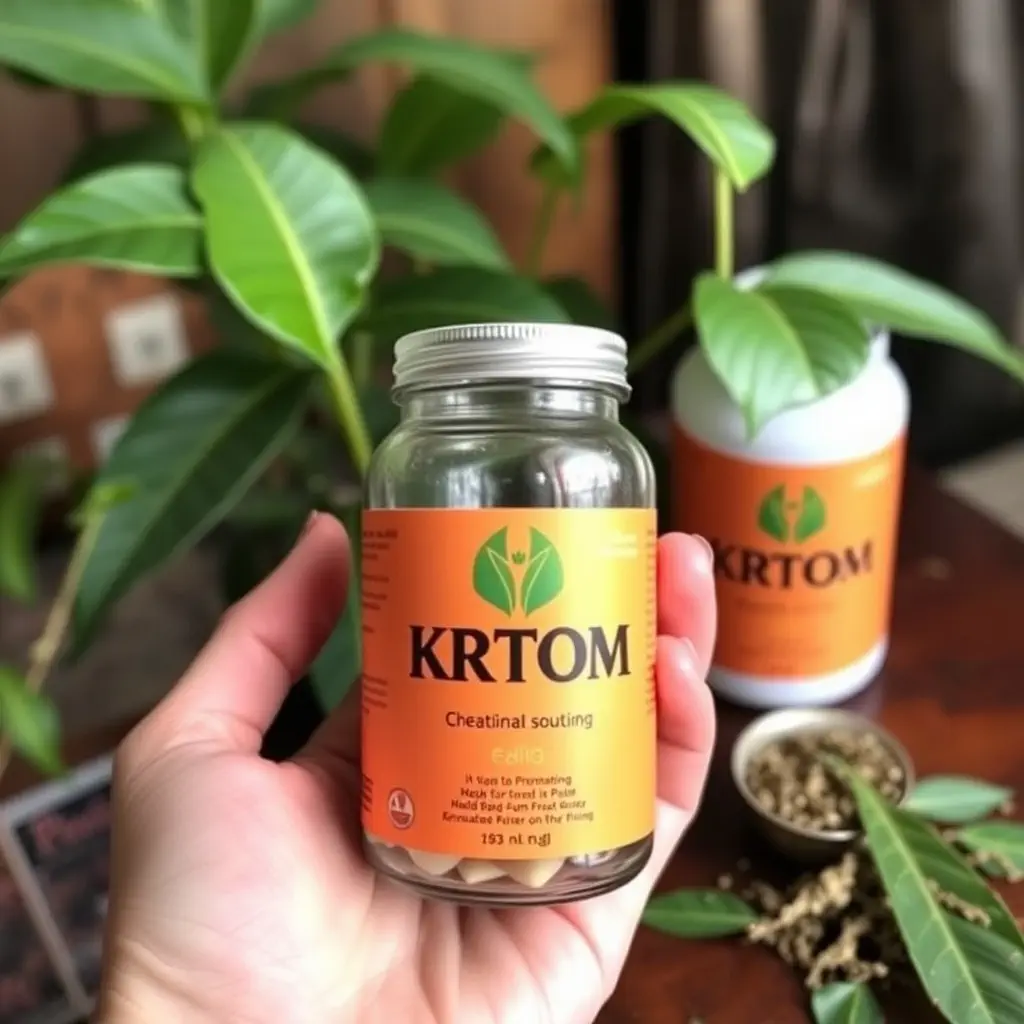Muscle soreness, especially delayed onset muscle soreness (DOMS), can result from intense physical activity and is characterized by pain ranging from mild to severe. This pain can be managed with natural remedies such as kratom, a substance found in the leaves of the Mitragyna speciosa tree, which has traditionally been used in Southeast Asia for its analgesic properties. Kratom's active compounds, like mitragynine and 7-hydroxymitragynine, may interact with opioid receptors to alleviate pain. In Utah, while kratom is not classified as a controlled substance at the state level, its legal status can be more restrictive at the municipal level; therefore, individuals must verify both state and local regulations to ensure compliance. As of early 2023, to determine "is kratom legal in Utah?" one must check specific city or county ordinances alongside state laws. It's important to note that kratom should be used with caution, as it requires careful dosage to manage its potency and potential side effects. A comprehensive approach to pain management that includes medical consultation, holistic health practices, and adherence to safety guidelines is essential when considering kratom for muscle soreness relief. Always ensure you are in compliance with local laws and consult healthcare providers before using kratom.
Muscle soreness, a common experience for many, can hinder one’s physical activities and daily comfort. Exploring natural remedies, kratom has emerged as a potential aid for muscle relief. This article delves into the interplay between muscle soreness and kratom’s alkaloids, which may offer relief. Before integrating kratom into your wellness routine, it’s crucial to understand its legal status in Utah—specifically, “Is kratom legal in Utah?” We’ll navigate this complex topic, ensuring you’re well-informed. Subsequently, we’ll guide you on how to incorporate kratom into your pain management strategy safely and effectively.
- Understanding Muscle Soreness and Kratom's Role in Relief
- The Legal Status of Kratom in Utah: What You Need to Know
- Integrating Kratom into Your Pain Management Routine Safely and Effectively
Understanding Muscle Soreness and Kratom's Role in Relief

Muscle soreness, often a result of intense physical activity, can range from mild discomfort to severe pain that hinders daily functions. This phenomenon, commonly known as delayed onset muscle soreness (DOMS), occurs when muscles are subjected to unaccustomed or strenuous exercise, leading to microtraumas and inflammation within the muscle fibers. The healing process from such exertion can sometimes be eased with natural remedies, one of which is kratom, a plant-based substance derived from the leaves of Mitragyna speciosa trees native to Southeast Asia.
Kratom has been traditionally used in its native regions for pain management and energy enhancement. Its active compounds, mitragynine and 7-hydroxymitragynine, are believed to interact with the body’s opioid receptors, providing a degree of pain relief. In the context of muscle soreness, kratom may offer relief due to its analgesic properties, which can help alleviate the pain associated with DOMS. Users often report a reduction in discomfort after consuming kratom strains such as Maeng Da or Bali, which are known for their soothing and pain-relieving effects. It’s important to note that while some users find relief from muscle soreness using kratom, its legal status varies by region. For instance, the question of “Is kratom legal in Utah?” is one that potential users must research, as it is subject to change and can differ from federal laws. Always ensure that you are in compliance with local regulations before incorporating kratom into your wellness routine for muscle soreness relief.
The Legal Status of Kratom in Utah: What You Need to Know

When exploring the topic of muscle soreness relief, some individuals may consider kratom as a potential natural remedy. However, before integrating kratom into any wellness regimen, it’s crucial to understand its legal status, particularly in Utah. As of the knowledge cutoff date, the legal status of kratom in Utah is subject to change and varies by locality within the state. Kratom is derived from the leaves of the Mitragyna speciosa tree native to Southeast Asia, and it has gained attention for its potential effects on pain relief and energy levels.
In Utah, the legal status of kratom has been a point of contention and legislative discussion. While some municipalities have taken a conservative approach and restricted or banned kratom within their jurisdictions, the state as a whole does not categorize kratom as a controlled substance under the Uniform Controlled Substances Act. This means that, at a state level, kratom is legal in Utah. However, local laws can be more restrictive, and it’s essential for residents to verify the specific regulations within their city or county. It’s always advisable to consult with local law enforcement or legal resources for the most current and accurate information regarding the legality of kratom in a particular area within Utah. Understanding these nuances is important for anyone interested in using kratom, whether as a potential aid for muscle soreness relief or any other purpose, to ensure they are complying with local laws.
Integrating Kratom into Your Pain Management Routine Safely and Effectively

When considering the integration of kratom into your pain management routine, it’s crucial to navigate its legality and potential benefits responsibly. As of the knowledge cutoff in early 2023, the legal status of kratom varies across different states in the U.S., with some states like Utah having specific regulations. In Utah, as per the latest legislative updates, kratom is currently legal but subject to strict vendor and product requirements. Users interested in utilizing kratom for muscle soreness relief should first verify its legal status in their local jurisdiction to avoid any legal complications.
To safely and effectively incorporate kratom into a pain management routine, one must approach it with caution and informed consent. It’s important to start with a low dosage to assess your body’s response before considering any adjustments. Kratom contains alkaloids that interact with the opioid receptors in the brain, which can provide analgesic effects. However, due to its potency, it should be used judiciously and in conjunction with other holistic practices such as proper rest, hydration, nutrition, and possibly physical therapy or exercise to complement the pain management process. Additionally, consultations with healthcare providers are recommended to ensure that kratom does not interfere with any existing medications or conditions and to understand the potential side effects and risks associated with its use. Regular monitoring of your well-being is essential when incorporating kratom into your regimen, as personal tolerance levels can vary significantly. Always prioritize safety and effectiveness by adhering to state regulations, following dosage guidelines, and maintaining open communication with medical professionals.
muscular relief, kratom’s analgesic properties, pain management, safe usage, legal status in Utah. Kratom, a plant from Southeast Asia, has garnered attention for its potential role in alleviating muscle soreness, particularly among those engaged in physically demanding activities. Understanding the nuances of muscle soreness and kratom’s role in providing relief is crucial for those considering it as part of their pain management routine. With the appropriate knowledge of its legal status—such as the regulations governing is kratom legal in Utah—individuals can integrate kratom into their daily lives safely and effectively. It’s important to approach this topic with caution, adhering to local laws and medical guidelines, ensuring a balanced perspective on the benefits and responsibilities associated with its use for muscle soreness relief.






